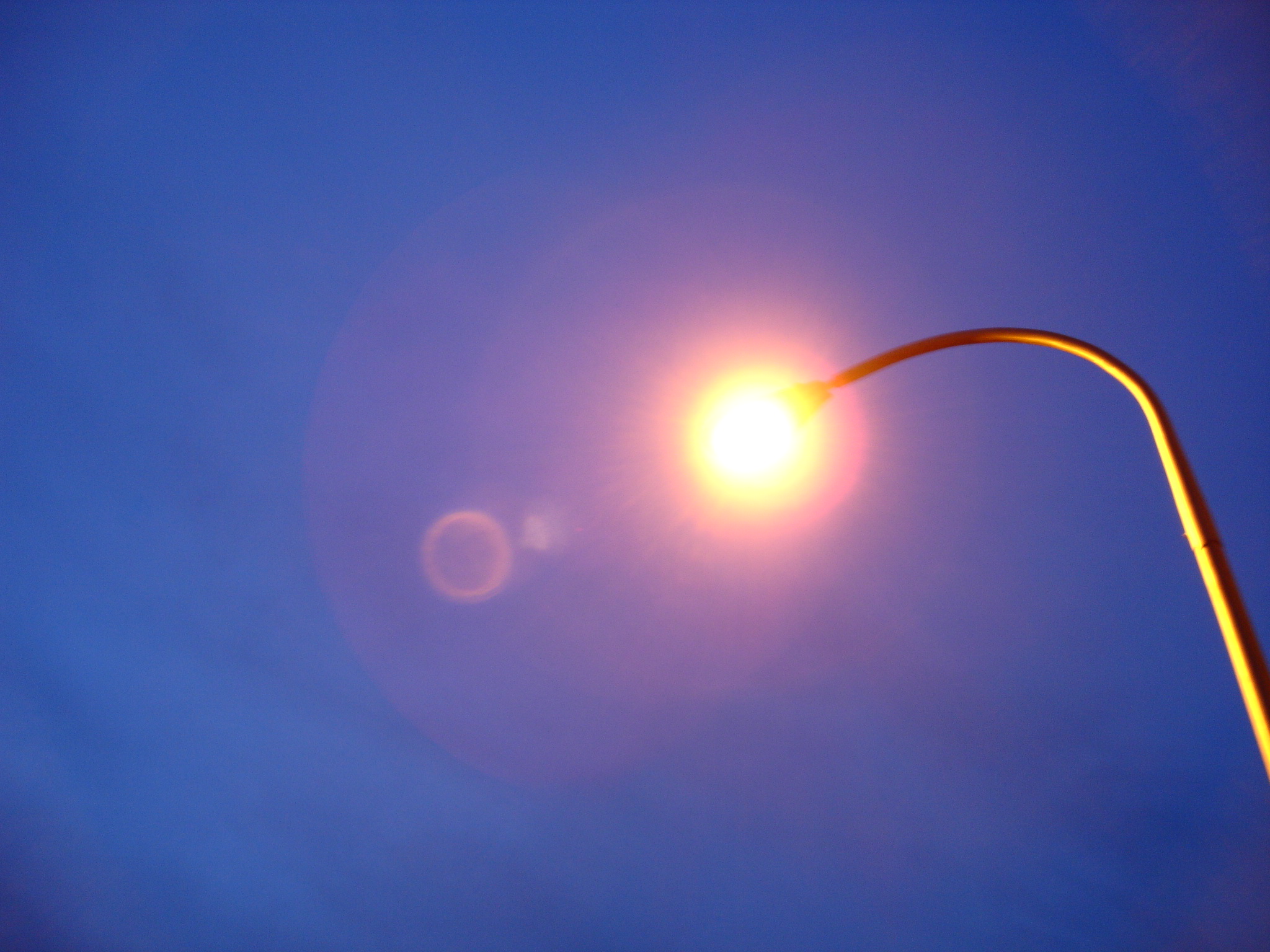I did know that my father had been a ham, and his father as well. My mother has a garage littered with relics of the 1950s and 1960s when he had been both an amateur and a professional in the radio industry. But he had died when I was five and all I could do was fiddle with the old equipment and wonder how it worked.
While attending school in Oklahoma, a buddy of mine came across the Edmond Amateur Radio Club and signed up for a Novice Class. He invited me to go, almost as an aside one day, and soon I was more excited by the hobby than he.
I was thrilled when the vanity callsign program came along. I had found my father's and grandfather's callsigns in an old callbook at a hamfest once. So, I eagerly filled an application for both, preferring my dad's as soon as the window opened up. Fortunately, I got it.
Over the past few months, my mother has been cleaning out old storage rooms in preparation to sell her house. She recently brought me a book...a logbook, that was among some old belongings of my father. Sure enough, tucked away in the pages, was an old license. "WN5CWT" it read and bore my father signature. Also folded in the book was his original application for an amateur radio station. Again, his signature appeared at the bottom, right above my grandfather's who, apparently being a notary public, had notarized it for him.
Only one page of the log was filled out, but it was a good one. It read, "November, 1954...First Contact...W5CWW (Dad!)" and carried a small note "6AG7" beside it. By father and grandfather had passed their tests the same day and been issue consecutive callsigns. Also noted in the margin was four...yep, FOUR...attempts to pass the Morse code test, all of them failures! He noted that my grandfather pass his code test on the second try. (Its a little funny considering my grandfather was a banker and my dad had been a radio operator for Braniff Airlines for several years.
In the back of the log was the then obligatory schematic of my father's station. It included a single-tube receiver and an accompanying transmitter. That "6AG7" in the log was a reference to the tube in his station.
My grandfather eventually earned his General license. My dad earned a technicians class ticket. I also found his Radio Operator First Class certificate.





